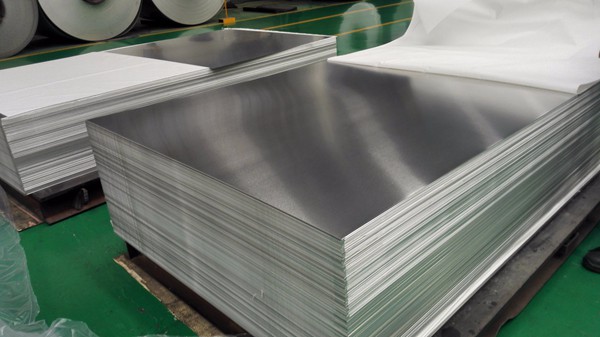When comparing Aluminium 1100 and 1050, which one stands out in terms of properties and applications? Is Aluminium 1050’s higher aluminum content a significant factor, or does Aluminium 1100’s formability take precedence? Let’s delve into the differences to determine the optimal choice for your specific needs.

Aluminium 1100 vs 1050
Aluminium 1100 and 1050 belong to the commercially pure wrought family, known for high corrosion resistance and exceptional forming properties. They find applications in chemical processing, food equipment, sheet metal work, and more.
Aluminium 1100, with its excellent corrosion resistance, high thermal conductivity, and ease of workability, is often preferred for intricate forming. However, Aluminium 1050, slightly stronger mechanically than 1100, might be the go-to option for applications demanding a bit more strength.
The alloy composition sets them apart, with Aluminum 1050 boasting a slightly higher aluminum content (99.50% minimum) compared to Aluminium 1100 (99.00% minimum). This difference could influence the alloys’ properties and applications.
In terms of tensile strength, Aluminium 1050 edges slightly ahead, potentially beneficial when a tad more robust material is needed without compromising other essential traits. Both offer remarkable electrical conductivity, but the marginally higher aluminum content in Aluminium 1050 may render better electrical performance.
So, when faced with the choice of Aluminium 1100 or Aluminum 1050, what factors weigh heaviest? The answer lies in your project’s unique demands. Are you seeking superior formability (Aluminium 1100), or does a bit more mechanical strength (Aluminium 1050) fit your criteria better? Your decision should align with the precise requirements of your application.
